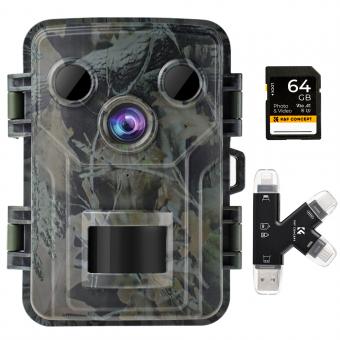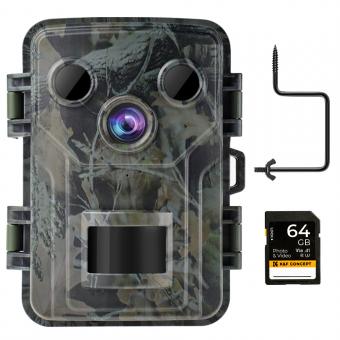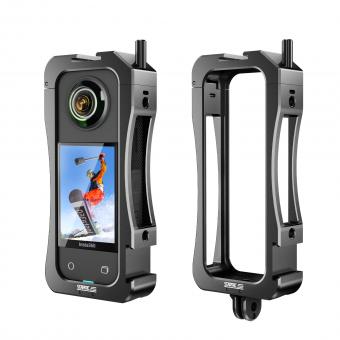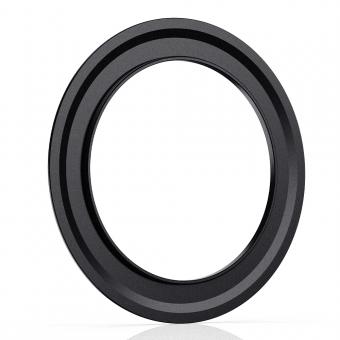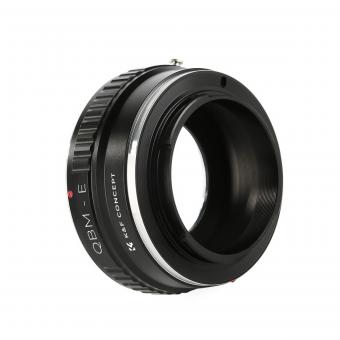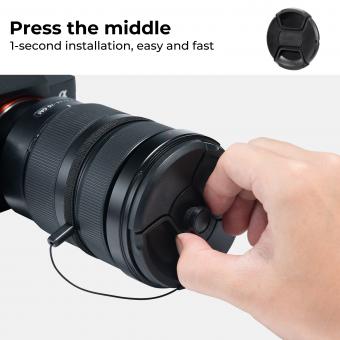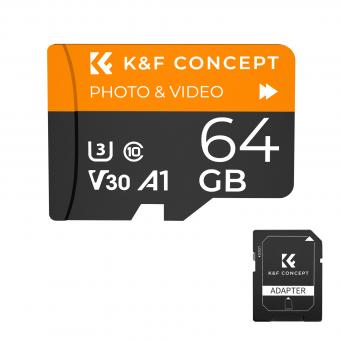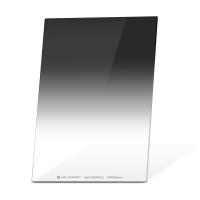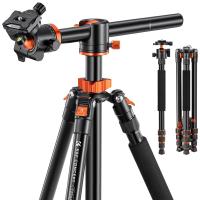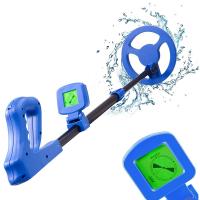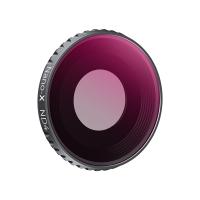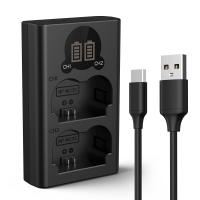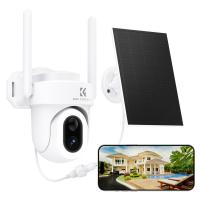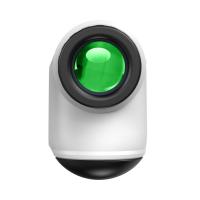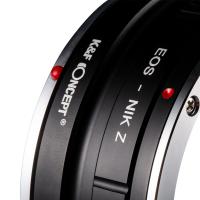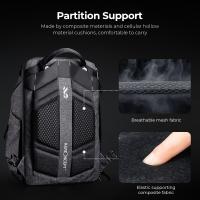How To Install Surveillance Camera System ?
To install a surveillance camera system, you will need to follow these basic steps:
1. Plan your camera placement: Determine the areas you want to monitor and the number of cameras you need.
2. Choose your cameras: Select the type of cameras you want to use, such as wired or wireless, indoor or outdoor, and fixed or pan-tilt-zoom (PTZ).
3. Install the cameras: Mount the cameras in the desired locations and connect them to the power source and recording device.
4. Set up the recording device: Choose a recording device, such as a digital video recorder (DVR) or network video recorder (NVR), and connect it to the cameras.
5. Configure the system: Set up the system by configuring the cameras and recording device, and test the system to ensure it is working properly.
6. Monitor the system: Monitor the system regularly to ensure it is functioning correctly and make any necessary adjustments.
It is important to note that the installation process may vary depending on the specific camera system you choose. It is recommended to consult the manufacturer's instructions or seek professional installation assistance if needed.
1、 Camera Placement
Camera Placement is a crucial aspect of installing a surveillance camera system. It is essential to place the cameras in strategic locations to ensure maximum coverage and effectiveness. The first step is to identify the areas that require surveillance and determine the type of camera that is best suited for the location. For instance, outdoor cameras should be weatherproof and have night vision capabilities.
Once you have identified the areas that require surveillance, the next step is to determine the best angle and height for the cameras. The cameras should be placed at a height that provides a clear view of the area without any obstructions. It is also important to ensure that the cameras are not easily accessible to intruders.
Another important consideration is the lighting conditions in the area. Cameras should be placed in areas with adequate lighting to ensure clear footage. In low-light areas, it is recommended to use cameras with infrared capabilities.
Finally, it is important to ensure that the cameras are connected to a reliable power source and that the wiring is concealed to prevent tampering. It is also recommended to use a network video recorder (NVR) to store and manage the footage.
In conclusion, proper camera placement is essential for the effectiveness of a surveillance camera system. It is important to consider factors such as location, angle, lighting, and power source to ensure maximum coverage and security. With the latest advancements in technology, it is now possible to remotely monitor and manage surveillance camera systems, making them an essential tool for home and business security.
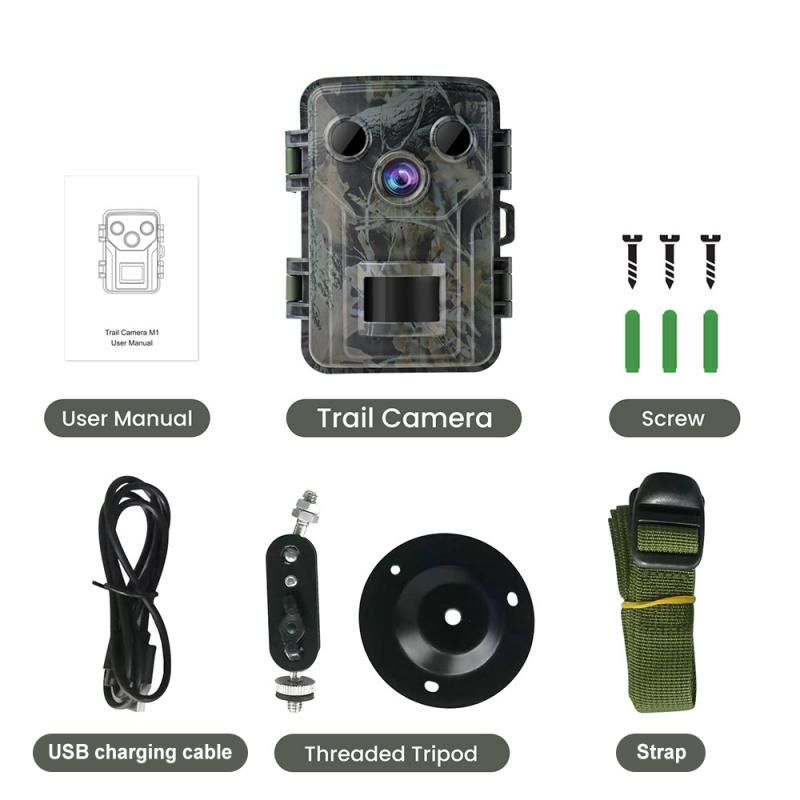
2、 Power and Connectivity
Power and Connectivity are two crucial aspects to consider when installing a surveillance camera system. The first step is to determine the power source for the cameras. There are two options: wired or wireless. Wired cameras require a power source and a connection to the recording device, while wireless cameras use batteries or solar power and transmit data wirelessly.
Once the power source is determined, the next step is to ensure proper connectivity. Wired cameras require cables to connect to the recording device, while wireless cameras use Wi-Fi or cellular networks. It is important to ensure that the cameras have a strong and stable connection to the recording device to avoid any disruptions in the footage.
In terms of the latest point of view, advancements in technology have made it easier to install surveillance camera systems. Many cameras now come with plug-and-play features, making installation a breeze. Additionally, some cameras come with built-in storage, eliminating the need for a separate recording device.
It is important to note that proper installation and setup of a surveillance camera system is crucial for its effectiveness. It is recommended to consult with a professional installer or follow manufacturer instructions carefully to ensure optimal performance.

3、 Recording and Storage
Recording and storage are crucial components of a surveillance camera system. Without proper recording and storage, the footage captured by the cameras will be useless. Here's how to install a surveillance camera system with recording and storage capabilities:
1. Choose the right cameras: Select cameras that are compatible with your recording and storage system. IP cameras are a popular choice as they can be easily integrated with network video recorders (NVRs).
2. Install the cameras: Place the cameras in strategic locations to cover all areas that need monitoring. Ensure that the cameras are installed securely and are protected from weather conditions.
3. Install the recording and storage system: Choose an NVR that can handle the number of cameras you have installed. Connect the cameras to the NVR using Ethernet cables. Ensure that the NVR is connected to a power source and is connected to the internet.
4. Configure the system: Configure the cameras and NVR to work together. Set up recording schedules and motion detection settings to ensure that the system captures all necessary footage.
5. Test the system: Test the system to ensure that it is working correctly. Check that the cameras are capturing footage, and the NVR is recording and storing the footage correctly.
6. Monitor the system: Monitor the system regularly to ensure that it is working correctly. Check the footage to ensure that it is of good quality and that all necessary areas are being monitored.
In conclusion, recording and storage are essential components of a surveillance camera system. By following the steps above, you can install a surveillance camera system with recording and storage capabilities that will help keep your property safe and secure.
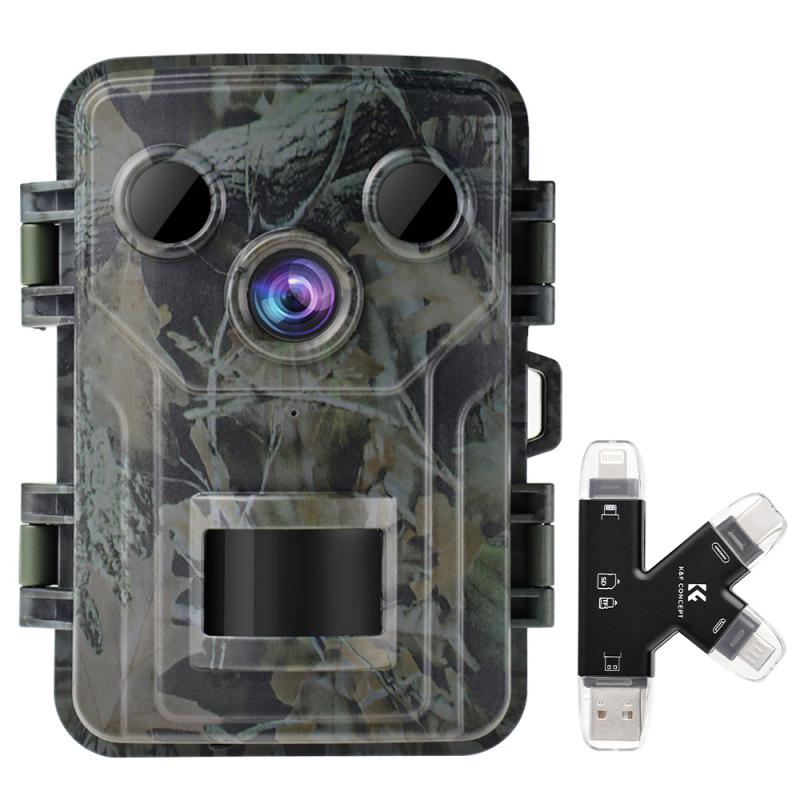
4、 Remote Access and Monitoring
Remote access and monitoring are essential features of any modern surveillance camera system. With remote access, you can view live footage from your cameras from anywhere in the world, as long as you have an internet connection. Monitoring, on the other hand, allows you to receive alerts and notifications when motion is detected or when there is a breach in your security system.
To install a surveillance camera system with remote access and monitoring, you will need to follow these steps:
1. Choose the right cameras: Select cameras that are compatible with remote access and monitoring features. IP cameras are the best option as they can be accessed remotely through the internet.
2. Install the cameras: Install the cameras in strategic locations around your property. Make sure they are positioned to cover all the areas you want to monitor.
3. Connect the cameras to the internet: Connect the cameras to your home or office network using Ethernet cables or Wi-Fi.
4. Install the software: Install the software that comes with your cameras on your computer or mobile device. This software will allow you to access the cameras remotely and monitor them.
5. Set up remote access: Configure your cameras for remote access by setting up a username and password. You can then access your cameras from anywhere in the world using a web browser or mobile app.
6. Set up monitoring: Set up monitoring features such as motion detection and alerts. This will allow you to receive notifications when there is any activity in the areas you are monitoring.
In conclusion, installing a surveillance camera system with remote access and monitoring is a great way to enhance your security and keep an eye on your property from anywhere in the world. With the latest advancements in technology, it has become easier than ever to set up and use these features.




